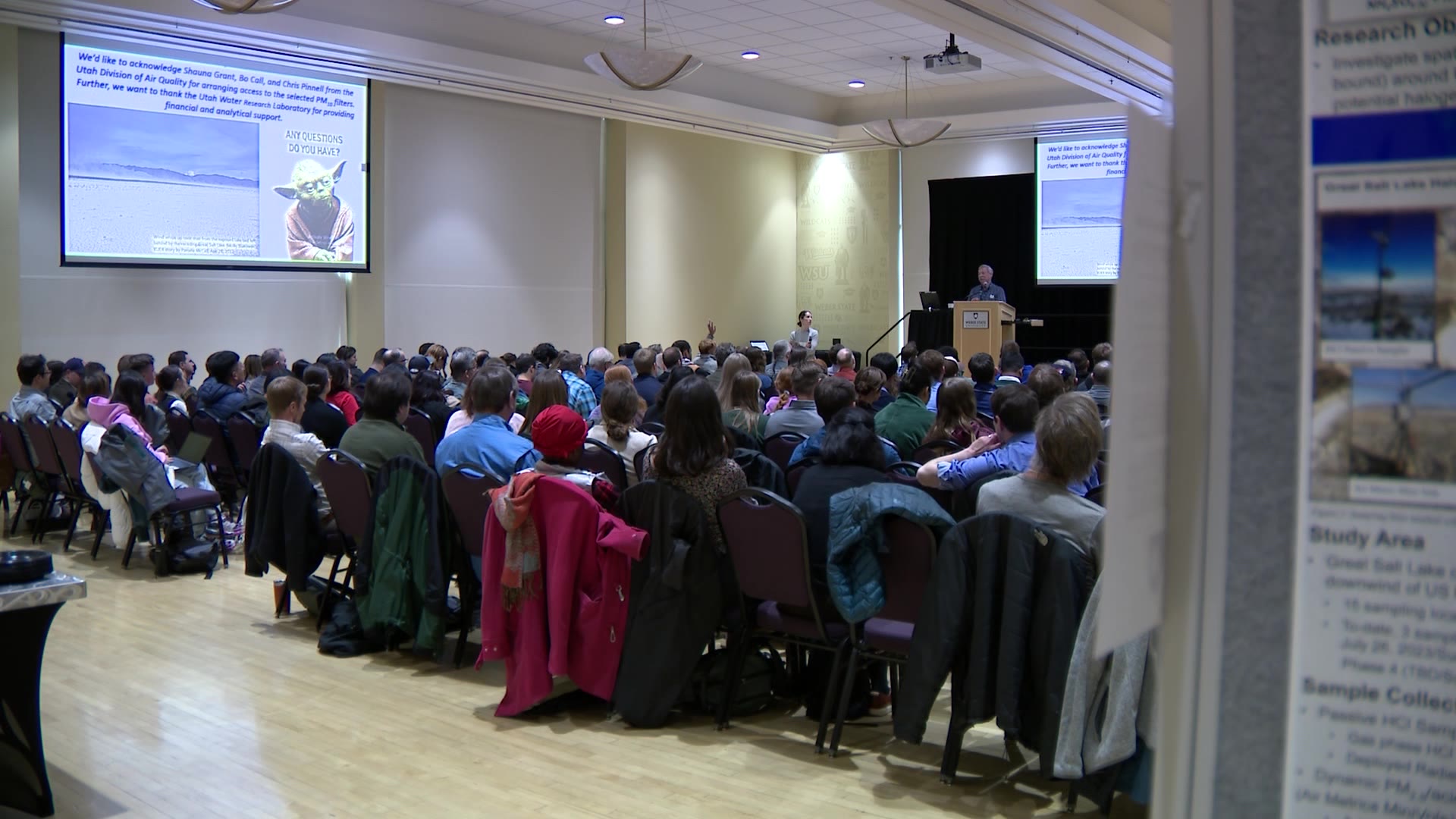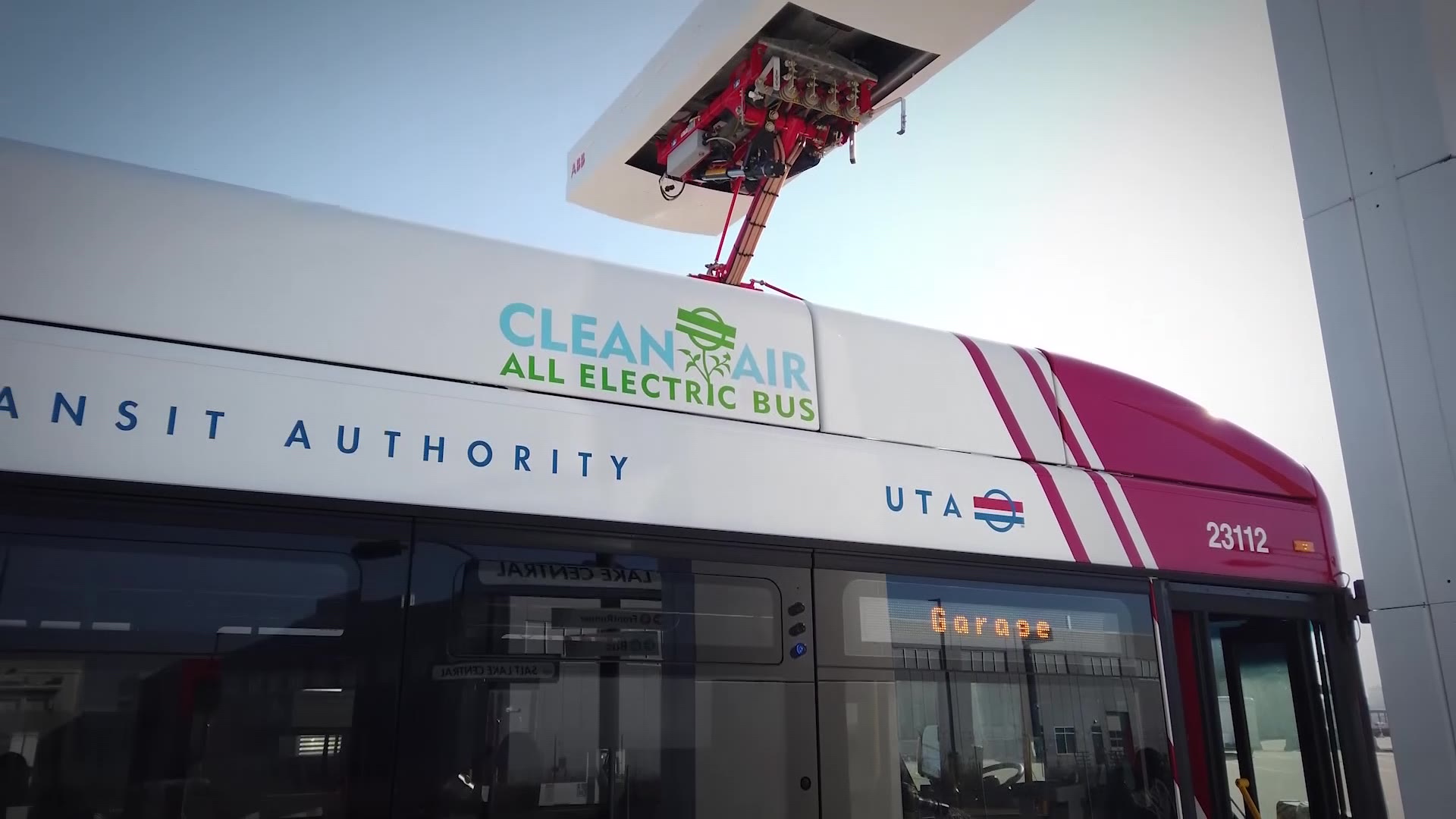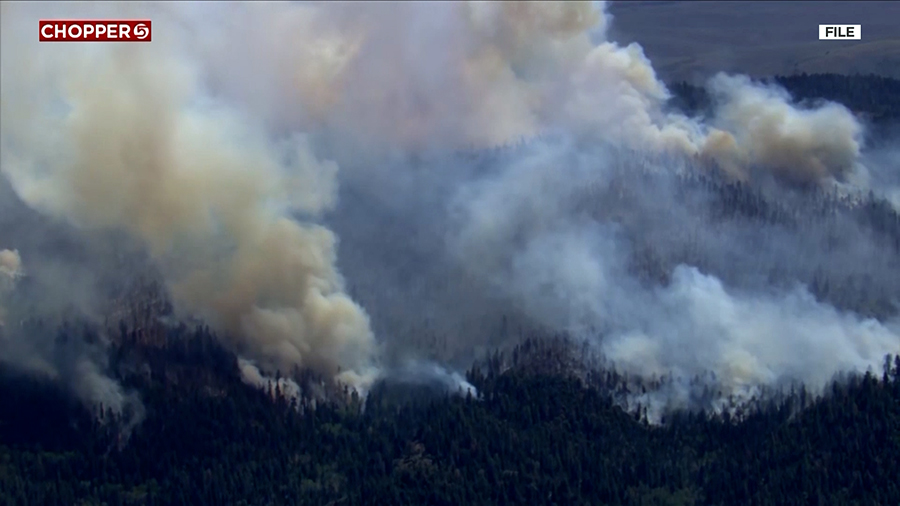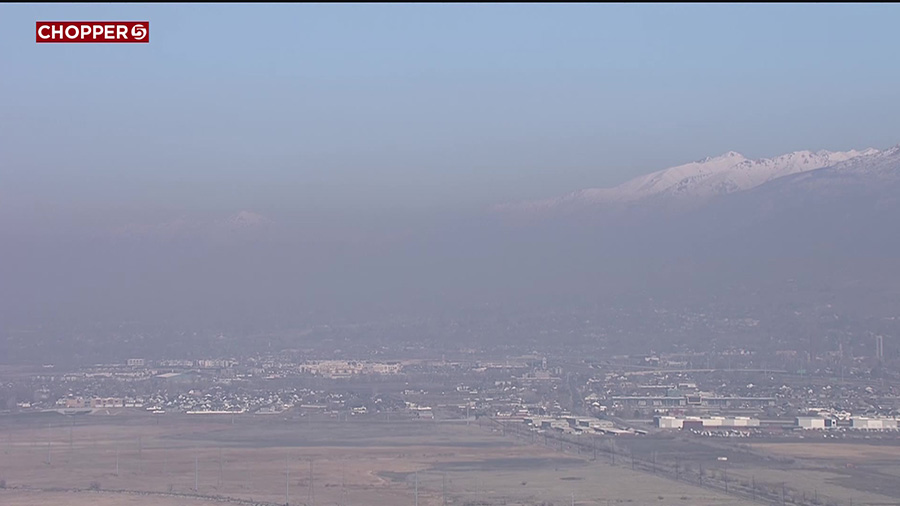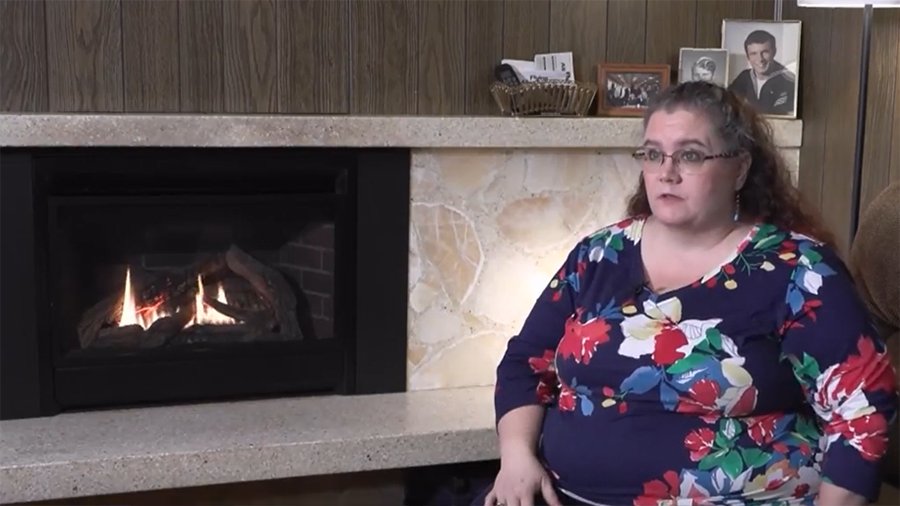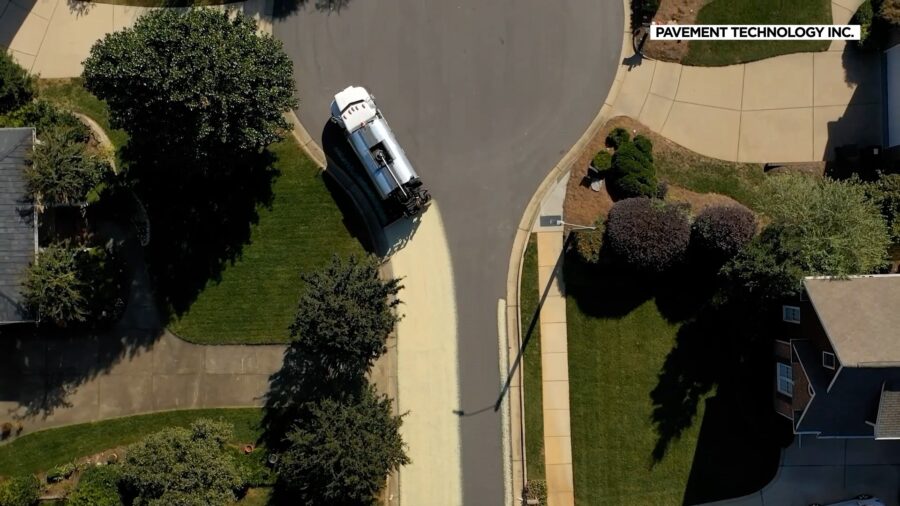USU researchers search for source of Wasatch Front air pollution
Feb 9, 2023, 5:02 PM | Updated: 7:28 pm
SALT LAKE CITY — Researchers are taking a close look at some major contributors to our air pollution, and how to combat the problem better.
This comes on the heels of another study that shows how a magnesium plant in Tooele County might be adding to the bad air in a much bigger way than previously thought.
The Utah Division of Air Quality, along with researchers at Utah State University, is taking readings every week at air monitor stations.
They’re looking at some of the sources of our bad air, in hopes of finding what can be effectively targeted to better clear up the problem in the future.
We’re all painfully aware of the air pollution while it’s here but the elements that make it happen are always around, waiting to be trapped by the next inversion.
“There’s still some uncertainties, but we’re also aware that we already know there’s a problem, we already know there are things we can do to help minimize the problem,” said Randy Martin, an associate research professor at Utah State University.
He’s helping to hone in on at least one major source as recently-released results from a 2017 study show the U-S Magnesium plant is not only putting chlorine into the air, but also high levels of bromine which is not regulated by state or federal agencies.
“Near source, they actually scrub out ozone,” Martin said. “But as that plume moves downwind, those daughter products of that chemistry actually are more oxidative to our atmosphere and can accelerate the formation of our PM2.5 and our ozone.”
While the magnesium plant is believed to be a huge source of those harmful bromides, Martin says they want to know for sure.
The element, found in the earth’s crust could also, in part, come from dust in the bed of the Great Salt Lake.
“It could mean more regulations,” he said. “It might be that our understanding is such that we can look for easier places to control it.”
The study started only a couple of weeks ago. It will look at where to best target solutions and controls, including other sources.
Meawhile, Martin said we can all do something to fight pollution. “By making these changes yourselves now, you will make a difference.”
The study will look at particulate matter through the winter and ozone through the summer and spring.
The researchers will pick it up again next winter and look at what may have changed and why.



